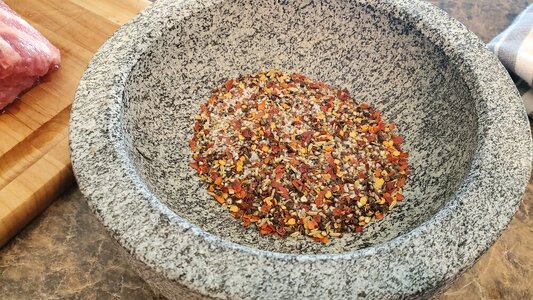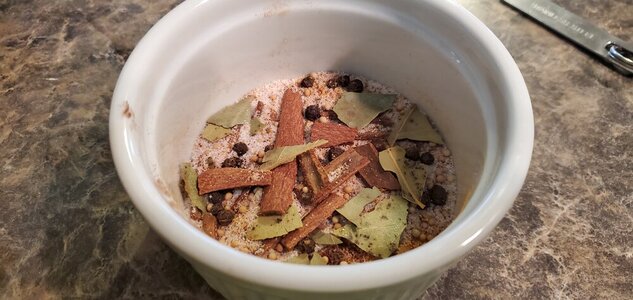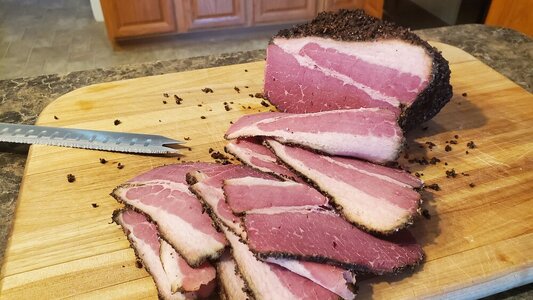WCB
Wyoming Corned Beef
Can we call you an honorary Wyoming Colonel? Twist on Kentucky Colonel.
KFC secret recipe is not so much the (secret) herbs and spices, but the pressure cooking.
I think I've only corned a couple of other tri-tips, the worst thing is they do go fast. I see that some BBQ joints are making pastrami with beef plate ribs, which sounds good too.Now that looks and sounds great.
I can tell you , I would have a stomach ache from eating way too much at one sitting, I just know I would
Thanks for posting your way of processing. Love the PC finish. New to me.
I have to make more soon
Thanks
David
Are you grinding your additional spices?Last one I did was smoked to 150 , then SV'd for 24 hours .
I'll be doing the pressure finish on the next one . Makes more sense , and I bet a better finished result .
I do a dry cure , but mix the spice in wth the cure mixture . 14 days , smells fantastic .









